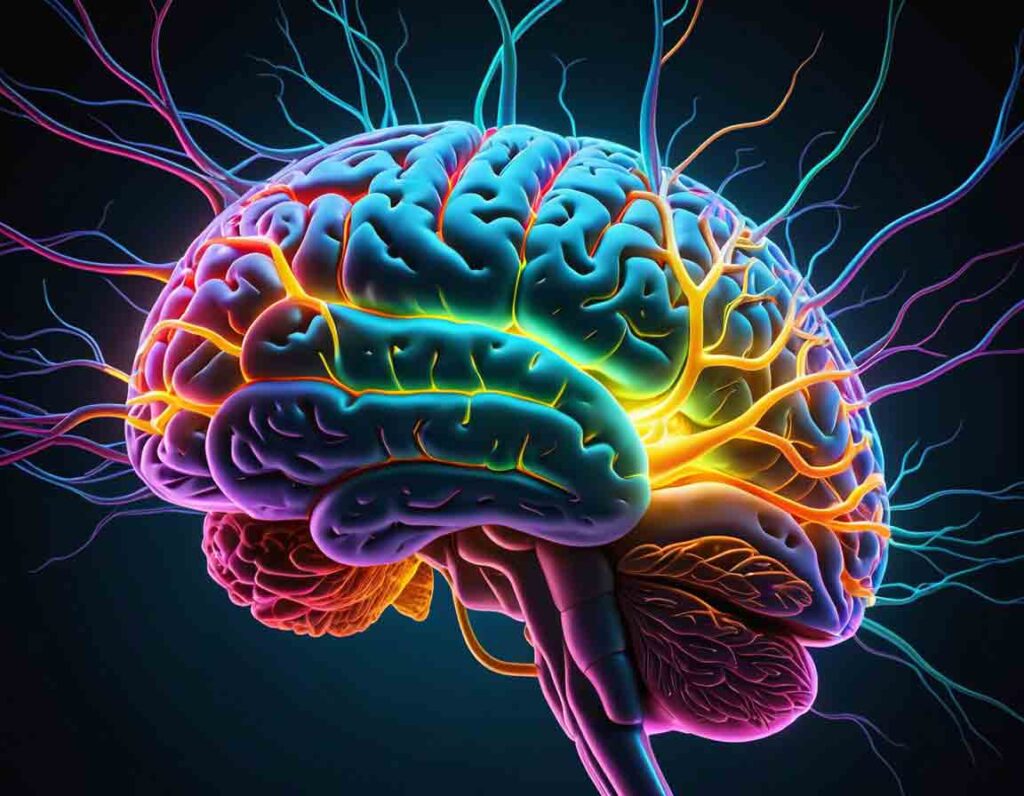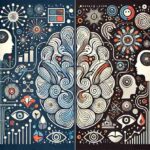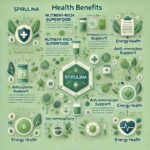Scientists Reactivate Dormant Brain Cells – Could This Be the Key to Reversing Aging?
Dormant Neural Stem Cells Reactivation
Sleeping Brain Cells Awaken: New Hope for Autism and Cerebral Palsy
A groundbreaking investigation by Duke-NUS and the NUS Mechanobiology Institute offers fresh prospects for addressing neurodevelopmental disorders through the reactivation of dormant neural stem cells, shedding light on additional mechanisms integral to brain development.
In this collaborative study, researchers at Duke-NUS Medical School and the Mechanobiology Institute of the National University of Singapore have unveiled a novel pathway for awakening dormant neural stem cells.
This breakthrough could pave the way for pioneering treatments for neurodevelopmental disorders such as autism, learning disabilities, and cerebral palsy.
In the adult mammalian brain, most neural stem cells—originating from the nervous system with the potential to differentiate into various brain cell types—remain in a dormant state until they receive specific activating signals. Upon activation, these cells generate new neurons, contributing to brain repair and growth.
Impaired activation of neural stem cells has been linked to age-related cognitive decline and neurodevelopmental disorders, including microcephaly—a condition where an infant’s head is smaller than expected due to improper brain development.
Dormant Neural Stem Cells Reactivation
These disorders, affecting approximately five percent of children and adolescents globally, lead to deficits in cognition, communication, adaptive behavior, and psychomotor skills.
To explore this activation process, the research team employed Drosophila, commonly known as fruit flies. Similar to mammals, the neural stem cells in fruit flies remain dormant until activated.
Their findings, published in Science Advances, reveal that a specific type of glial cell, known as astrocytes—traditionally thought to provide structural and nutritional support—plays a crucial role in activating dormant neural stem cells in the fruit fly brain.
Utilizing super-resolution microscopy with tenfold magnification, the scientists scrutinized the minute fiber structures characteristic of dormant neural stem cells in fruit flies.
These structures, approximately 1.5 µm in diameter (about 20 times smaller than a human hair), are protrusions rich in actin or protein filaments extending from the cell body. The assembly of these filaments is triggered by a particular Formin protein.
Dr. Lin Kun Yang, then a research fellow at Duke-NUS and the study’s lead author, remarked: “We focused on this pathway because variations in Formin levels are linked to neurodevelopmental disorders such as microcephaly in humans. Deciphering this pathway could yield new insights for developing therapies for neurodevelopmental disorders.”
The researchers discovered that astrocytes secrete a signaling protein called Folded gastrulation (Fog), which initiates a cascade of events, including the activation of the Formin protein pathway, controlling actin filament movement.
These processes eventually awaken dormant neural stem cells, prompting them to divide and generate new neurons that contribute to brain repair and development.
A key component in this pathway is the GPCR protein, which, upon receiving Fog signals from astrocytes, triggers the actin filament formation in neural stem cells. GPCR proteins are vital in fundamental cellular processes, making them a primary target for drug development—34 percent of FDA-approved medicines target this protein family.
Thus, understanding how this signaling pathway reactivates neural stem cells could offer a strategic avenue for repurposing existing medicines to treat neurodevelopmental disorders.
Professor Wang Hongyan, Acting Programme Director of Duke-NUS’ Neuroscience & Behavioural Disorders Research Programme and the study’s senior author, commented: “Our findings provide new insights into the limited understanding of the mechanisms that govern the reactivation of dormant neural stem cells.
With our discovery of astrocytes as key players in this process, we now have a new approach to modulating neural stem cell behavior.”
Professor Patrick Tan, Senior Vice-Dean for Research at Duke-NUS, added: “This research not only enhances our fundamental knowledge of how astrocytes influence brain cell development but also presents new possibilities for advancing therapies for neurological disorders, brain aging, and injury.”
The researchers are now exploring other signals from astrocytes that may affect neural stem cell activity and investigating whether similar mechanisms are at work in human brain development.
Duke-NUS continues to lead in medical research and education, dedicated to improving patient care through innovative scientific discovery.
This study is part of an ongoing effort to deepen the understanding of the fundamental mechanisms within the human brain, with the goal of developing new therapeutic approaches, particularly for patients with neurological conditions.
study Reference
“Astrocytes control quiescent NSC reactivation via GPCR signaling–mediated F-actin remodeling” by Kun-Yang Lin, Mahekta R. Gujar, Jiaen Lin, Wei Yung Ding, Jiawen Huang, Yang Gao, Ye Sing Tan, Xiang Teng, Low Siok Lan Christine, Pakorn Kanchanawong, Yusuke Toyama and Hongyan Wang, 24 July 2024, Science Advances.
This work was primarily funded by the National Research Foundation, Singapore, through the National Medical Research Council (NMRC) Open Fund – Individual Research Grant (MOH-000143) and Open Fund – Young Individual Research Grant (MOH-001236), administered by the Singapore Ministry of Health through the NMRC Office, MOH Holdings Pte Ltd, with additional support from several other grants.







